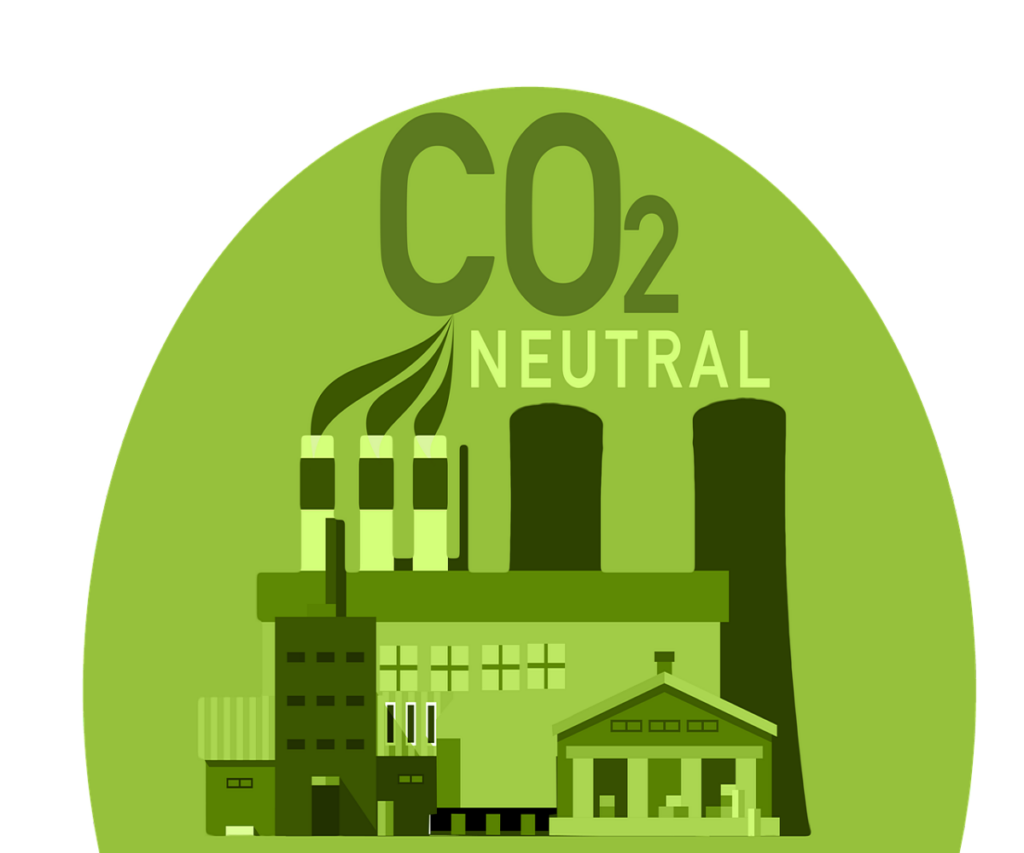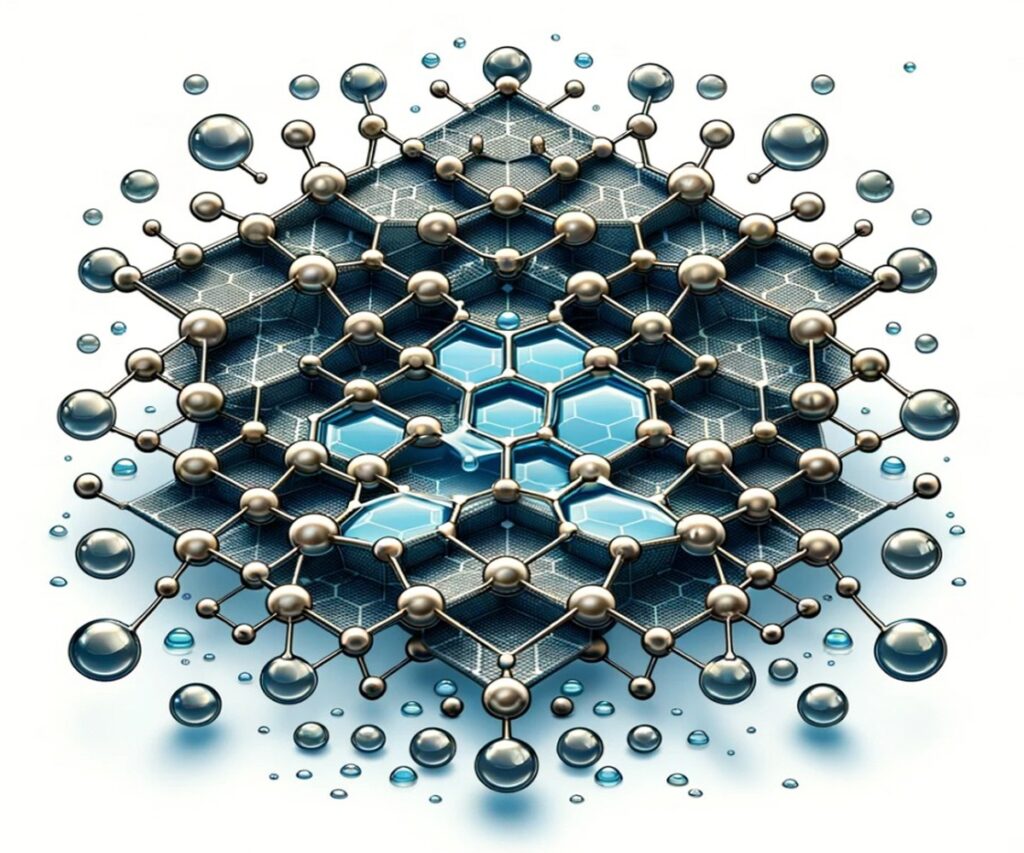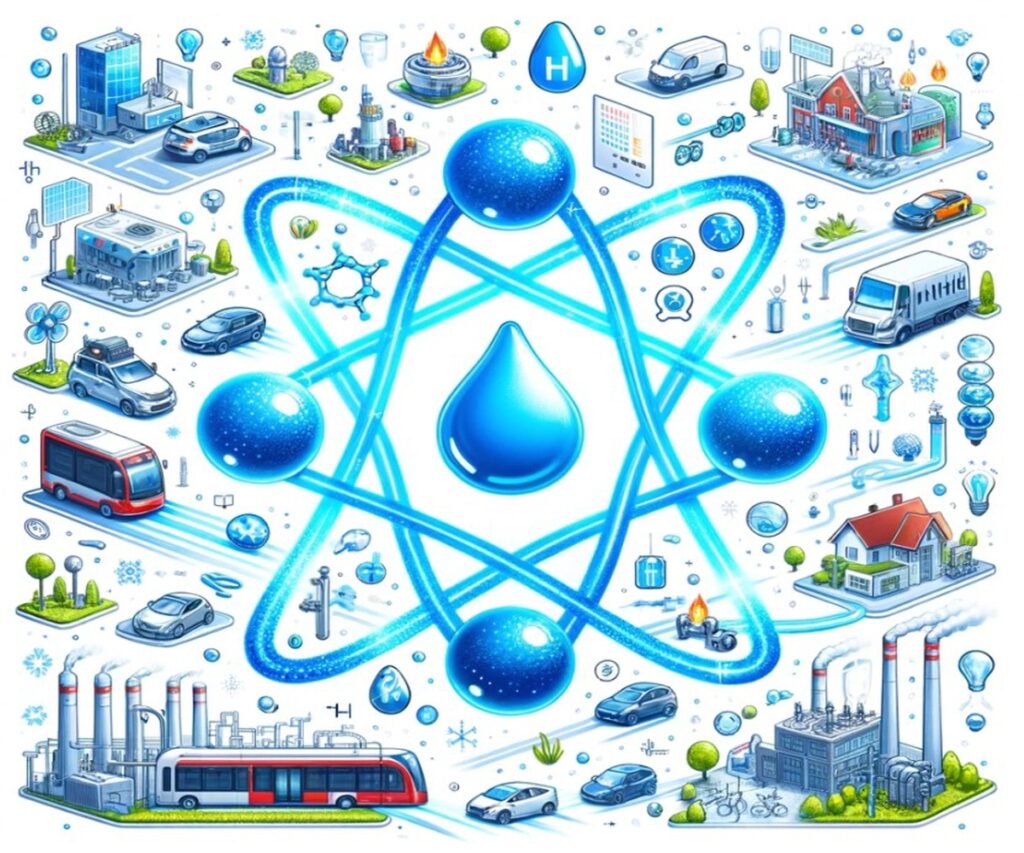Introduction: Carbon Capture and Utilization (CCU) for Carbon Neutrality
Carbon capture and utilization (CCU) is an emerging technological approach that aims to mitigate the environmental impact of carbon dioxide (CO2) emissions by capturing the greenhouse gas from various industrial and energy-related sources and subsequently converting it into valuable products or storing it permanently through secure geological sequestration. This innovative strategy is widely recognized as a key enabling technology for achieving the ambitious goal of carbon neutrality, which refers to the state of achieving net-zero greenhouse gas emissions across all sectors of the economy.

Carbon capture and utilization presents a promising avenue to address the pressing challenge of carbon neutrality by not only capturing and preventing the release of CO2 emissions into the atmosphere but also by utilizing the captured carbon as a feedstock for the production of a diverse range of useful products. The electrochemical conversion of captured CO2 has emerged as a particularly active area of research and development in recent years, with significant advancements being made in the development of efficient and cost-effective electrocatalytic systems for the transformation of CO2 into value-added chemicals, fuels, and materials. Consequently, Carbon capture and utilization technology is gradually evolving and maturing, offering a potential pathway towards a more sustainable and circular economy.
Among the various capture methods employed in Carbon capture and utilization systems, the use of amine and alkaline solutions, as well as porous nanomaterials, have gained considerable attention due to their effectiveness and potential for further optimization. Amine-based solvents, such as monoethanolamine (MEA) and diethanolamine (DEA), have been widely utilized in post-combustion capture processes, leveraging their high CO2 absorption capacity and relatively low energy requirements for regeneration. Alkaline solutions, such as sodium hydroxide (NaOH) and potassium carbonate (K2CO3), have also demonstrated promising results in capturing CO2 from various emission sources.
In addition to these established capture technologies, the development of advanced porous nanomaterials, including metal-organic frameworks (MOFs), covalent organic frameworks (COFs), and porous polymer networks (PPNs), has opened up new avenues for highly selective and efficient Carbon capture. These materials exhibit exceptional surface areas, tunable pore sizes, and tailored chemical functionalities, enabling enhanced carbon adsorption capacities and selectivities compared to conventional adsorbents.
- Thesis – Recent progress on integrated CO2 capture and electrochemical upgrading https://doi.org/10.1016/j.mtcata.2023.100006
- This video supports English/Korean subtitles. (YouTube subtitle settings)
- This content was produced with Typecast, an AI virtual actor service.
Characters casted: Dan – https://typecast.ai
Source:
- Free photo view of green forest trees with co2 – https://www.freepik.com/free-photo/view-green-forest-trees-with-co2_31481258.htm#query=carbon&position=0&from_view=search&track=sph
- CCUS(탄소포집·활용·저장) 기술과 함께 탄소중립의 미래로 나아간다 – https://youtu.be/hrtCITJnj7E?si=R3_CZ_gFJSLf88_c
Video Link
Conclusion
The application and implementation of integrated Carbon Capture and Utilization (CCU) systems necessitates substantial further development and advanced engineering expertise across a wide range of materials and system components. These innovative technologies hold immense potential for mitigating greenhouse gas emissions and enabling a transition towards a more sustainable, low-carbon future. However, numerous technical challenges must be overcome to facilitate widespread commercial deployment.
Among the key areas requiring focused research and development efforts are the optimization of material properties, such as enhanced selectivity, stability, and durability under harsh operating conditions. Additionally, system-level advancements are crucial to improve overall process efficiency, minimize energy penalties, and reduce capital and operating costs. Innovative process intensification strategies, such as process integration, modular design, and intensified reactor concepts, could play a pivotal role in addressing these challenges.
Furthermore, electrolysis systems, which represent a promising avenue for converting captured carbon dioxide into value-added products, currently face economic feasibility constraints. Overcoming these hurdles necessitates concerted efforts to increase the selectivity and activity of electrocatalysts towards desired multi-carbon products, such as ethylene, ethanol, and acetate. Advancements in this domain could unlock new revenue streams, thereby enhancing the economic viability of Carbon Capture and Utilization technologies and accelerating their widespread adoption.
※ This report has been compiled for the purpose of providing general information. It is based on data gathered by CHEMiFORGE. Should you have any inquiries or need to make decisions based on this report, it is advisable to consult with a CHEMiFORGE.


